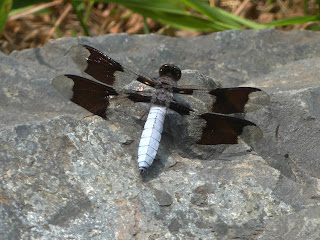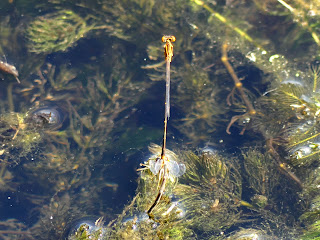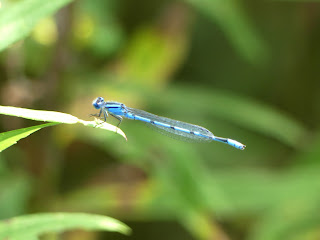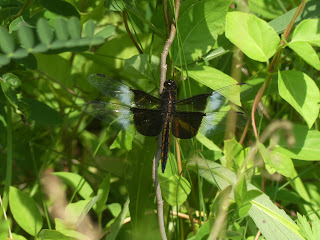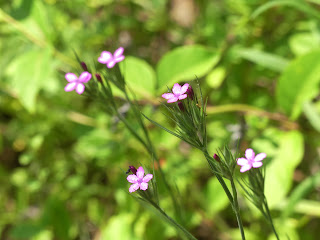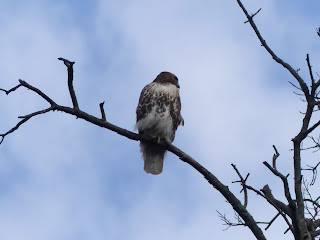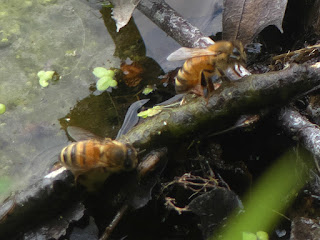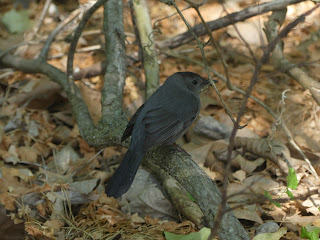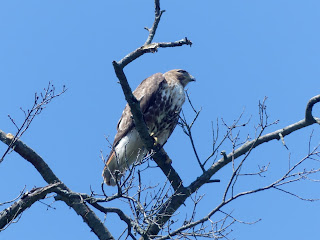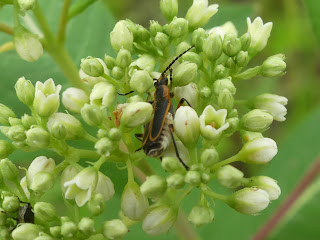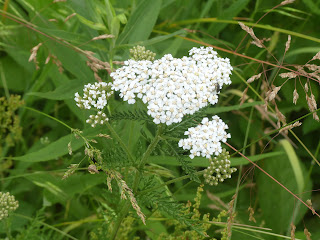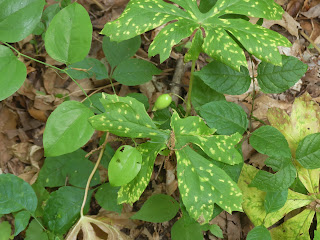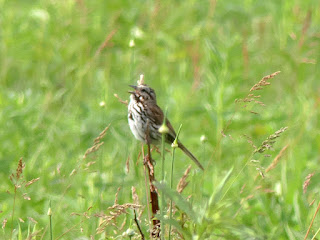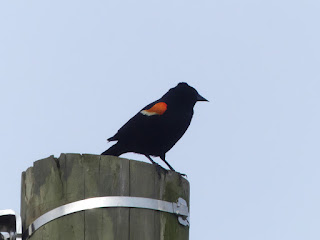Mourning Cloak Views
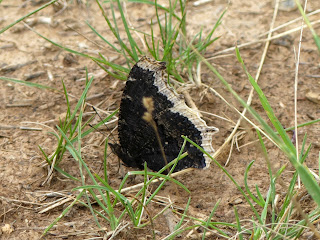
While immature and sexually dimorphic species can look different (see Common Whitetails and Eastern Pondhawks ), sometime butterflies like the Mourning Cloak can present a different look just by repositioning its wings. (Other species that can do this include - but are not limited to - Red Admirals and Question Marks .) The 1st picture is their camouflage look, and while it doesn't blend in too well in this sandy soil, it can be quite a bit harder to spot them in leaf litter or against the bark of some trees. Though there's a light colored trim at the edges, they resemble something drab with a rough texture. June 15, 2023 at Sourland Mountain Preserve Photo 300991453, (c) jpviolette, some rights reserved (CC BY-NC) But then the butterfly opened its wings, allowing us a view of its rich brown wings with light spots highlighted by a black background and with almost a gold trim on the edges. And the wings that appeared to have a rough texture with the wings up suddenly seem to

